Whitstable Oyster Fishery Co. has embarked on a bold expansion plan to capitalize on rekindled affection for shellfish
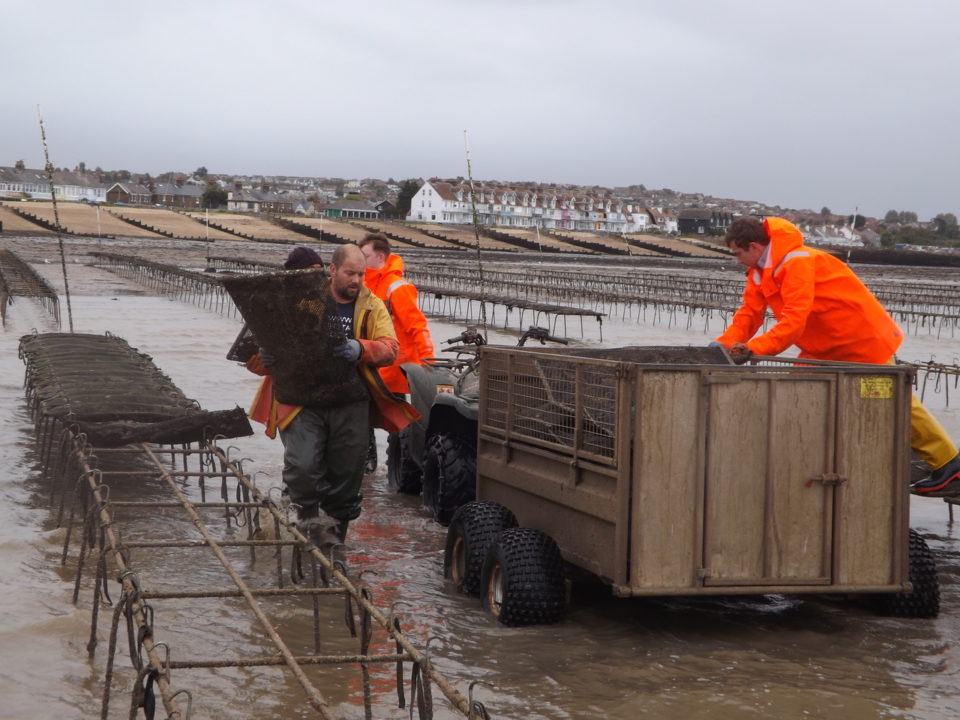
Whitstable, on the southeast coast of England, is famed for its oysters. Its illustrious association with the bivalves dates back to at least Roman times. Indeed, it’s Julius Caesar’s invasion of Britain in 55 BC and his army’s discovery of the area’s abundant native bivalve Ostrea edulis that first put this stretch of coastline on the world map.
In the 2,000 years that have followed, Whitstable’s oyster industry has endured an incredible rollercoaster ride – enjoying many highs, but also coming close to derailment on an equal number of occasions. Today, there remains a very small wild native oyster fishery, comprising just two or three fishermen dredging on free grounds.
But there’s also a burgeoning aquaculture sector that produces the ubiquitous Pacific oyster (Crassostrea gigas) on trestle racks in an intertidal area. The latter is the undertaking of the Whitstable Oyster Fishery Co., which believes this approach is well suited to the local environment and is also the most surefire way of safeguarding the town’s rich oyster tradition.
With its own history starting back in 1793, the firm is certainly no Johnny-come-lately to the oyster trade. At its peak, it was selling a phenomenal 100 million oysters a year. Although the majority of these were not of the endemic population; they were oysters that had been brought in from other areas to fatten on the estuary’s algae-rich grounds. Nevertheless, with the fishery’s boom time long past, the company has spent more recent years exploring oyster culture.
In 2001-02, an attempt at sub-tidal production was initiated. This essentially entailed putting seed oysters on the seabed for dredging when at market size. While the company had some success with this endeavor, the sheer number of oysters that went unharvested was far from ideal.
At the same time, the oysters it was culturing were diploid, which, because of their summer reproduction cycle, meant that it was impossible to ensure uniform quality all year round. There are considerable fluctuations in Whitstable’s water temperatures; for example, last winter this fell to 3 degrees-C, but was up 20 degrees in the summer. Such a shift would have led all diploid oysters to spawn.
“Traditionally, our busiest time for sales is June, July and August. But often the oysters in those three months were not in very good condition because they had just spawned,” explained James Green, managing director of the Whitstable Oyster Fishery Co. “The oyster industry, like most other sectors, is about is producing a regular, consistent product. If you can’t do that for three months of the year, you can’t develop a demand.”
Fortunately, 2008-09 saw the introduction of triploid oysters and their extra set of reproduction-inhibiting chromosomes. It was at this point that the company started to use bags and trestles, mimicking the standard way of growing oysters in France.
“Being able to farm triploids in the intertidal zone on racks has made a massive difference – the oysters are very good quality and are consistent all year through,” said Green. “That was the real turning point for us and we have expanded every year since.”
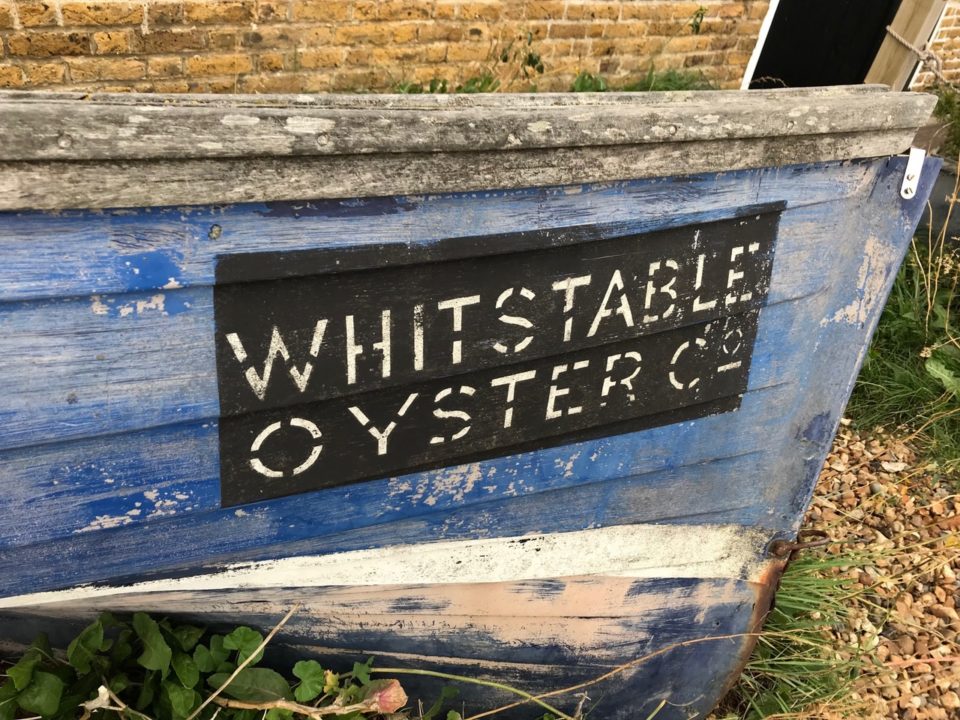
Meeting rising demand
This year, the Whitstable Oyster Fishery Co.will produce around 100 metric tons (MT) of oysters, which will equate to around 1 million shells. In 2019, the harvest is expected to triple to 300 MT. Green’s ambition is to continue the growth, reaching 500 to 600 MT within five years. Such a strategy has required putting a lot more juveniles out on the trestles. Five years ago, this would have only involved around 500,000 young oysters. Two years ago, this had risen to 2 million, and last year, it stood at 6 million.
“Our growth cycle is about 18 months to two years, so we put the seed oysters out in March. You get two summers’ growth. Then at the end of the summer around 60 percent of those oysters are market size, while the remainder are brought on for the following spring,” explained Green.
The company’s production growth couldn’t be better timed. The firm has seen a surge in the country’s demand for oysters, while consumers across the Channel in France can’t get enough of them and are willing to pay a good premium.
“Year-on-year, there’s a big domestic increase in demand. And not just here in Whitstable. I don’t see an end to that trend as more and more people steer away from land-produced protein,” said Green.
He notes that oyster bars in London have driven interest with consumers, particularly younger ones.
“They value the provenance and appreciate how good they are – both for them and for the environment. Oysters tick an awful lot of boxes,” said Green.
“In France, because the oysters we are producing are of such good quality, there seems to be an almost boundless demand. My buyers over there say, ‘I’ll have whatever you can produce.’ I can’t see that ending either. Particularly as the French have pretty much reached the maximum of what they can produce in the areas that are suitable for oysters. And the authorities over there are not issuing any more oyster licenses.”
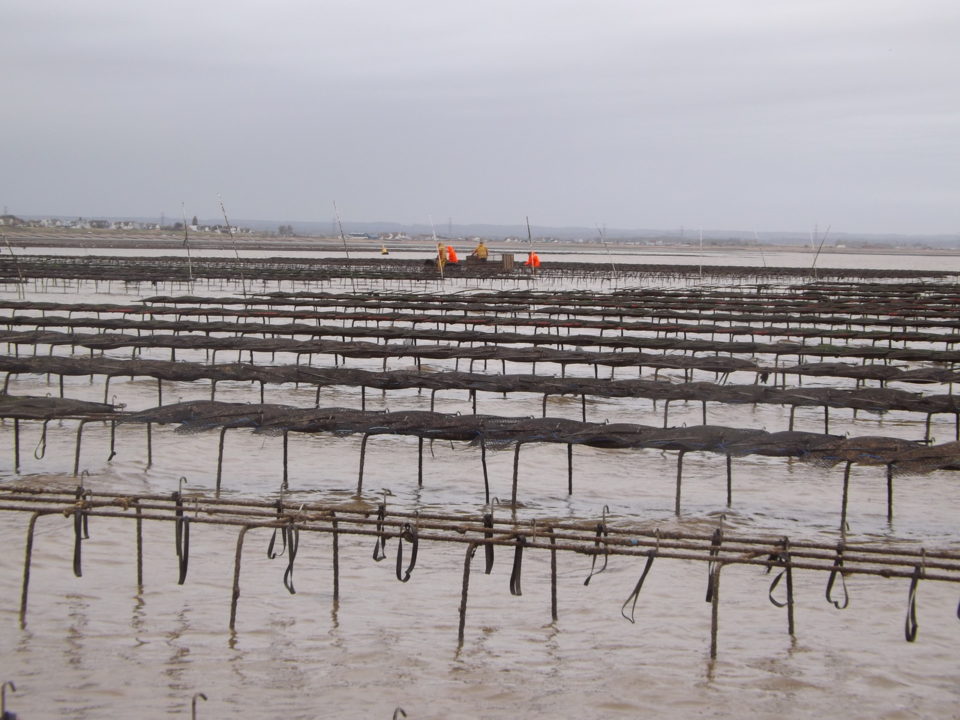
NIMBY battles
Getting its farming operations to this stage certainly hasn’t been a stroll in the park for Whitstable Oyster Fishery Co. As well as significant investment and long lead time, the company frequently faces legislative battles, most of which are based on its use of oyster trestles. This opposition is exacerbated by a lack of social license and NIMBY (not in my back yard) opposition from land owners.
“We are constantly trying to change peoples’ perceptions of this type of aquaculture and get the local population on our side. I accept that visually it’s a change, compared to oyster dredging, which remains much the same as it was 100 years ago,” said Green. “When you are conducting intertidal culture and using racks, bags, quadbikes and boats – that comes to peoples’ attention; many people just don’t want to see it. So, educating people on the benefits of what we are doing commercially, in terms of products, businesses, employment, etc., can be a struggle.”
However, the company’s educative cause is helped by a thriving consumer-facing business portfolio, built up over the past 25 years. This includes a hotel, beachfront fishermen’s huts converted into short-stay accommodation, restaurants, seafood stalls, a brewery and even a wedding venue. As well as boosting local tourism, these ventures actively share details about Whitstable’s oyster heritage and promote their consumption.
“It’s an easy way of getting people involved; informing them about how oysters are grown here and the important role they play environmentally without forcing it down their throats. We’re building loyalty with customers. They come to Whitstable, they see how the oysters are grown, and then eat half a dozen oysters 60 yards from where they were grown,” said Green.
“So, while oyster production continues to be a legislative battle. I persevere with it fundamentally for that reason; that it’s a great thing for Whitstable and the people who want to come and experience it.”
Having these businesses also gives the Whitstable Oyster Fishery Co. a unique insight into its core consumer market, said Green.
“Most farmers have a product and they try to sell them through whatever outlets they can. I suppose what we have could be called ‘reverse integration,’ where we have the outlets and we’ve then developed the oysters. It’s probably quite unusual in that aspect. Also, having a ‘straight through’ operation where we are producing the oysters and then seeing what’s happening at the consumer end is a massive benefit for our business. Certainly, over the last 10 years, the oysters that we are selling in our main restaurant, for example, have grown to account for quite a large percentage of our overall food sales.”
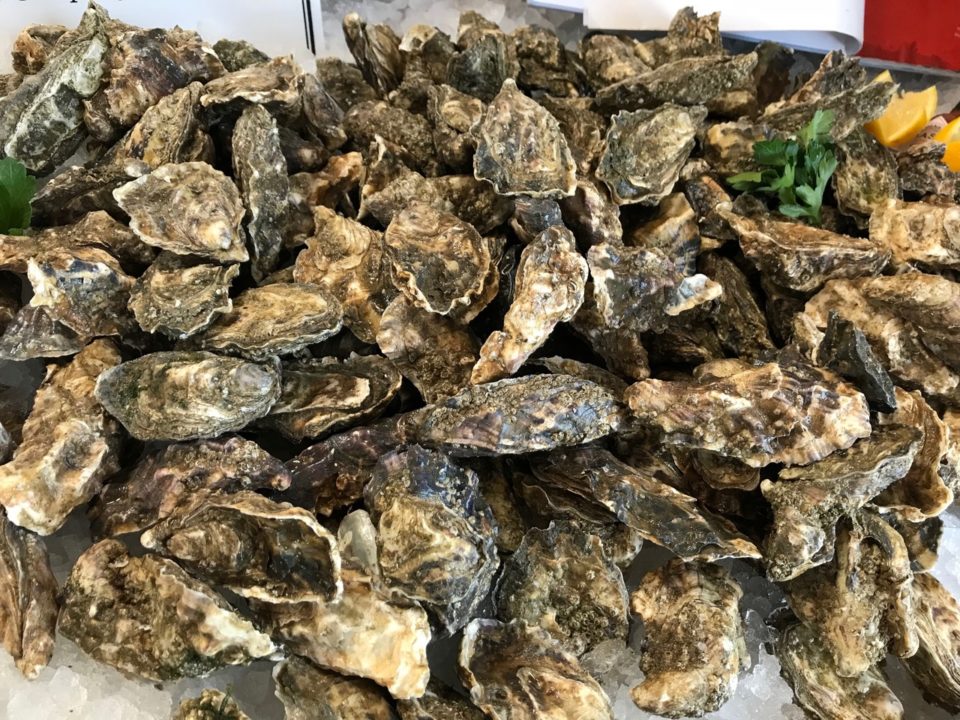
Closing the cycle
Unperturbed by the naysayers and aligned with its rapid production growth expectations, the farm has been trialing growing oysters in tidal baskets for the past 18 months. Green believes that this technique, which is very popular among oyster farmers in Australia, also holds a lot of potential for Whitstable; chiefly because the process of being constantly tumbled by the tide will provide him with a different type of oyster to market. It’s also mu ch less labor-intensive than manually turning bags on trestles.
He hopes to secure a European Maritime and Fisheries Fund (EMFF) grant to progress the company’s tidal basket production in early 2019. And he’s also keen to diversify into mussel production, perhaps utilizing some of the sub-tidal areas that the company owns.
In the meantime, the company recently took over an oyster hatchery at Reculver, a coastal village, about 11 miles away from Whitstable. The plan is that this hatchery, formerly run by Seasalter Shellfish (Whitstable) Ltd. and oyster growing pioneer John Bayes, will eventually provide all of its oyster seed.
Currently, the Whitstable Oyster Fishery Co. buys all of its juvenile oysters from hatcheries in France because there isn’t a hatchery in mainland England that can provide a regular supply of triploids.
“Within three years, that hatchery will hopefully be providing us with all the triploid seed oysters that we need for our oyster farm. That will be a very important milestone as it will give us a closed cycle; we’ll have control over all the aspects of production – from the very beginning to serving them at the end,” said Green. “Today, my only real production concern is that I don’t yet have control over that initial stage.”
Follow the Advocate on Twitter @GAA_Advocate
Now that you've reached the end of the article ...
… please consider supporting GSA’s mission to advance responsible seafood practices through education, advocacy and third-party assurances. The Advocate aims to document the evolution of responsible seafood practices and share the expansive knowledge of our vast network of contributors.
By becoming a Global Seafood Alliance member, you’re ensuring that all of the pre-competitive work we do through member benefits, resources and events can continue. Individual membership costs just $50 a year.
Not a GSA member? Join us.
Author
-

Jason Holland
Jason Holland is a London-based writer for the international seafood, aquaculture and fisheries sectors. Jason has accrued more than 25 years’ experience as a B2B journalist, editor and communications consultant – a career that has taken him all over the world. He believes he found his true professional calling in 2004 when he started documenting the many facets of the international seafood industry, and particularly those enterprises and individuals bringing change to it.
Tagged With
Related Posts
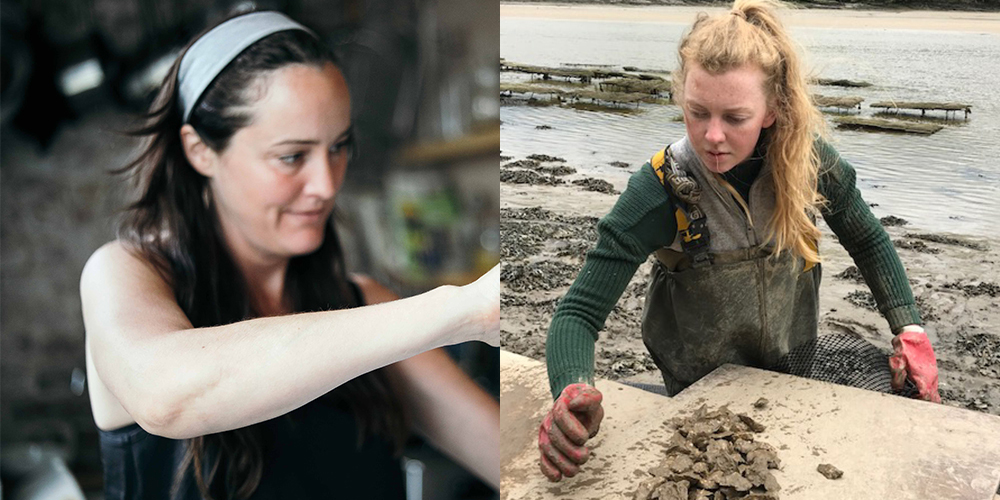
Intelligence
On the Job: Modern-day oyster lassies
As part of a series looking at aquaculture jobs, we feature two women working with oysters at different ends of the supply chain.
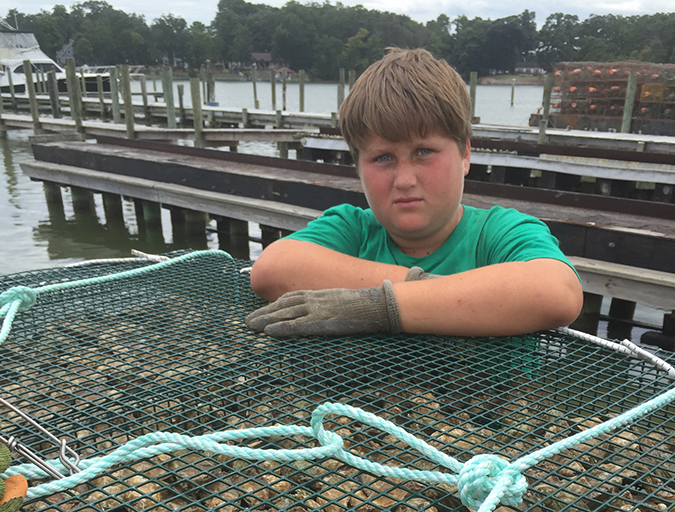
Responsibility
Ailing waterways hail the oyster’s return
The Lower Hudson Estuary and Chesapeake Bay, two waterways once home to thriving oyster beds, would welcome the shellfish’s return. Aquaculture initiatives in both areas aim to reinvigorate the water and the communities they support.
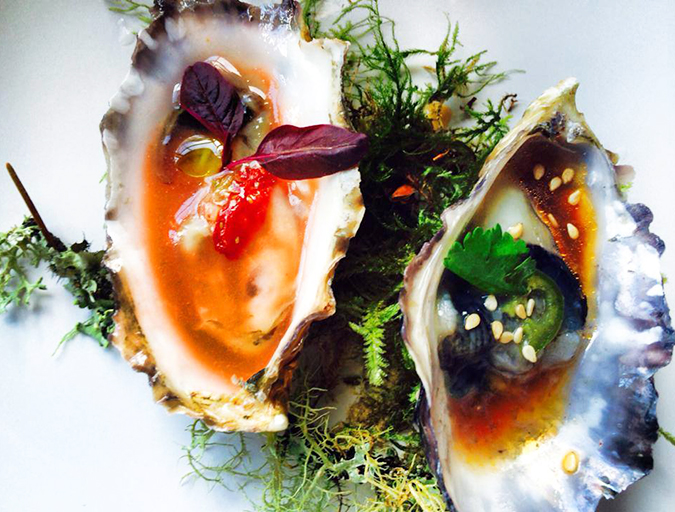
Intelligence
Cup size matters, but for oysters, branding matters more
To name an oyster is to give birth to a brand, essential to stand out in today’s raw bar scene. The briny bite-sized morsels are arguably seafood’s sexiest offerings, but a memorable moniker (and a quality product) is what keeps them on the menu.
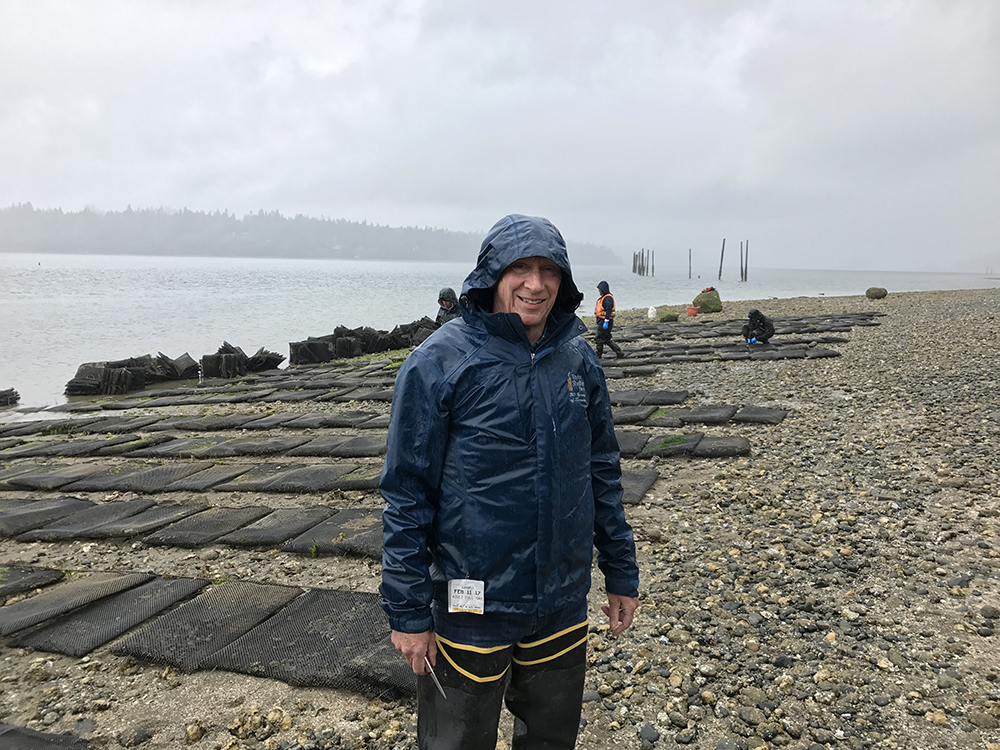
Intelligence
Farm, plant and hatchery: The Taylor Shellfish experience
The Global Aquaculture Advocate toured Taylor Shellfish Co. operations in Puget Sound following the SeaWeb Seafood Summit, which was held in nearby Seattle. Taylor, one of the leading U.S. shellfish suppliers, offered conference attendees an up-close look at its farming, processing and hatchery operations.


